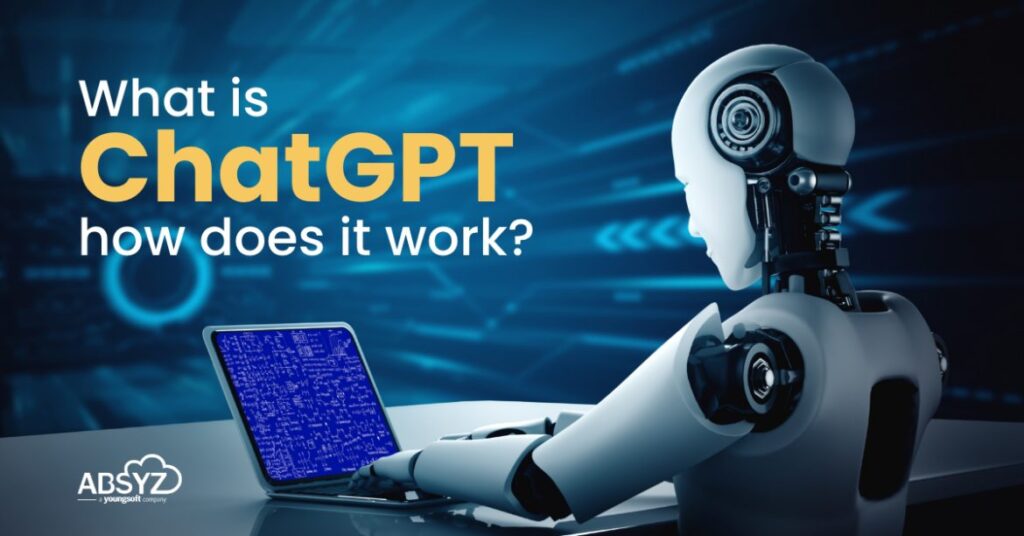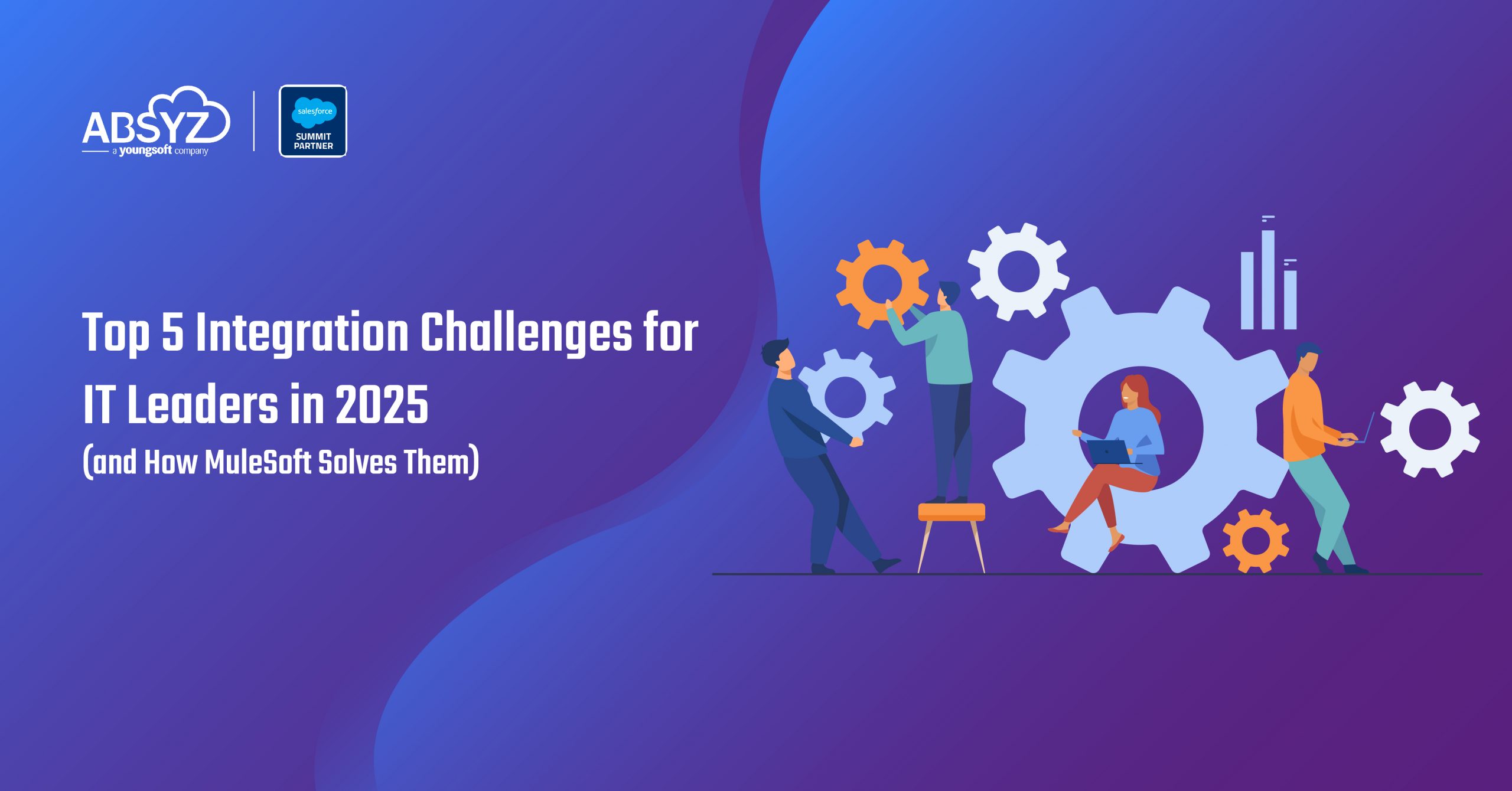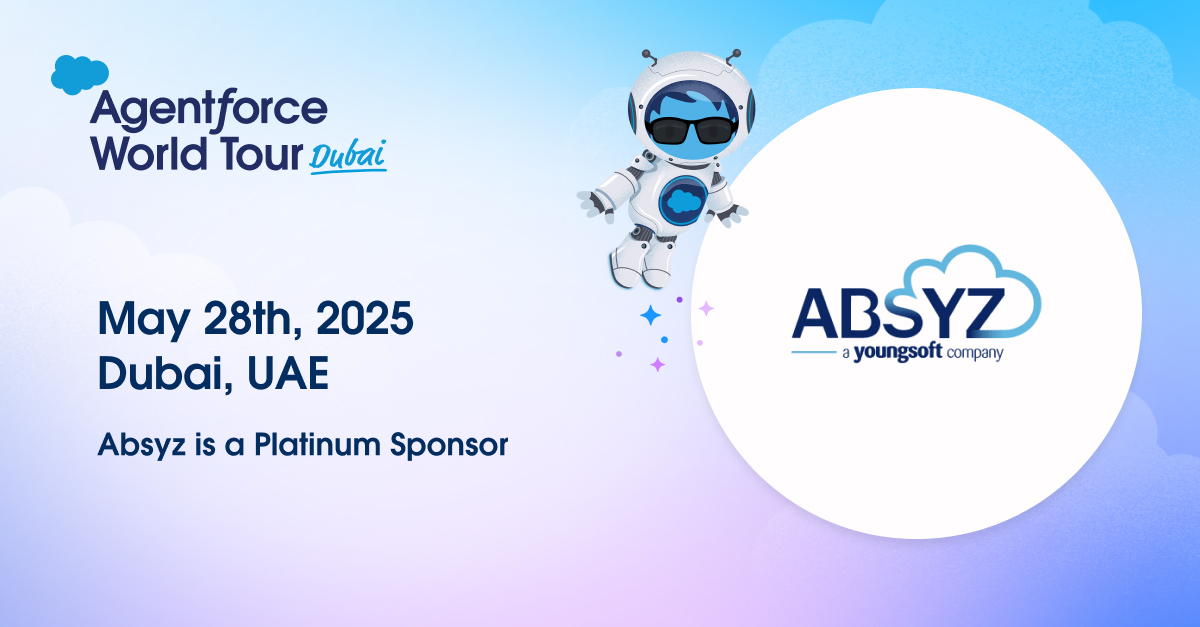ChatGPT has become the most used word among techies as it is actually a part of a new generation of AI systems designed to generate human-like text and has achieved state-of-the-art results on a wide range of natural language processing tasks. It can be tailored to perform specific tasks like language translation, summarization, and question answering. By predicting the next word in a sequence based on the context of the words that come before it, GPT can generate coherent and diverse text.
What is ChatGPT?
ChatGPT is a conversational language model that is based on the GPT (Generative Pre-training Transformer) architecture. GPT is a type of transformer-based neural network model that was trained on a large dataset of text and can generate human-like text. ChatGPT builds on the GPT architecture and is specifically designed to generate text in the context of a conversation.
ChatGPT uses a conversational model trained on conversational data to generate text appropriate for a given conversation. It can be used for a wide range of applications, such as generating responses in a chatbot, creating dialogue in a virtual assistant, or even writing scripts for dialogue in a movie or video game.
While there is a pre-trained version of GPT-3 named dialoGPT by OpenAI, which is a conversational language model and can work with natural language dialogue tasks.
It fine-tuned conversational data to respond in a more human-like and relevant way. It can generate an appropriate response for a given conversation and understand and use context from previous messages in a conversation.
How does ChatGPT Work?
GPT is a language model created by OpenAI. It is intended to generate human-like text by predicting the next word in a sequence based on the words that have come before.
To generate text, GPT uses a process called “transformers,” which are a type of neural network architecture that is particularly well-suited for processing sequential data such as text. The model is trained on a large dataset of text and uses this training data to learn the statistical patterns that are characteristic of the language.
Once it has been trained, the model can then be used to generate text by starting with a prompt (a short piece of text that specifies the topic or context for the generated text) and then predicting the following word in the sequence based on the patterns it has learned from the training data. The model can then continue this process, generating one word at a time until it has generated a complete piece of text.
GPT is a “generative” model, which means that it can generate new text similar to the text it was trained on but not an exact copy. This allows it to create new and unique pieces of coherent text that make sense in the context of the prompt.
Google vs Open AI ChatGPT
Google and OpenAI are technology companies specializing in artificial intelligence (AI). Both companies have developed versions of language models based on the GPT (Generative Pre-trained Transformer) architecture.
Google’s version of the GPT model is called BERT (Bidirectional Encoder Representations from Transformers), a pre-trained language model that can be fine-tuned for various natural language processing (NLP) tasks, such as question answering and sentiment analysis. BERT has been trained on a massive amount of text data and can understand the context of words in a sentence, which allows it to perform well on NLP tasks.
OpenAI’s version of the GPT model is simply called GPT, which stands for Generative Pre-trained Transformer. Like BERT, GPT is a pre-trained language model that can be fine-tuned for various NLP tasks. One of the key differences between the two models is that while BERT is a “bidirectional” model, meaning it takes into account the context of a word in both the left and proper context, GPT is a “unidirectional” model, meaning it looks at the context of a word only to the left. This makes GPT particularly well-suited for tasks like language generation, such as generating text or writing code.
In summary, both Google and OpenAI have developed powerful language models based on the GPT architecture. BERT is particularly well-suited for tasks like question answering and sentiment analysis, while GPT is particularly well-suited for tasks like language generation.
Is ChatGPT Plagiarism free?
As a language model, GPT (Generative Pre-trained Transformer) does not have the ability to understand concepts such as plagiarism or copyright. It simply generates text based on the input it receives. However, it’s important to note that text generated by GPT can include content that is similar or identical to the already existing text. This is because the model is trained on a large dataset of text from the internet, so it has “seen” a lot of text and has learned to generate text similar to text it has encountered before.
As the user, it’s your responsibility to ensure that the text generated by GPT is not plagiarized and that you have the right to use any content generated by the model. If you’re using GPT to generate text for a project, it’s a good idea to run the generated text through a plagiarism checker to ensure it is original and that you have cited any sources you have used.
It’s also worth noting that the recent OpenAI’s GPT models have been fine-tuned with training data from a much diverse corpus, which are OpenAI’s own web scraping, So The chances of plagiarism are lower than before.
Advantages of ChatGPT
There are several advantages to using a model like GPT (Generative Pre-trained Transformer) for chat applications. Some of the main advantages include the following:
1) Language understanding: GPT is trained on a massive dataset of text, so it has a good understanding of the nuances of human language. This allows it to generate responses that are more natural and human-like than responses generated by rule-based systems.
2) Flexibility: GPT can be fine-tuned for various tasks, such as question answering, language translation, and text summarization. This means that it can be used to build a wide variety of chat applications, such as customer service bots and personal assistants.
3) Handling of context: GPT can maintain context across multiple conversations turns, which is essential for maintaining coherence in a chat. Additionally, it can “remember” the previous conversation turns, allowing it to provide more appropriate and personalized responses.
4) Handling unstructured data: Since GPT is trained on a large corpus of text, it can handle unstructured and semi-structured data with ease. This will allow it to handle a different variety of inputs and help with the open-ended chat session
5) Handling Out-of-vocab: The pre-training with a large dataset and fine-tuning with task-specific data allows GPT to be able to handle rare and out-of-vocabulary words, allowing for more seamless conversation.
Overall, using a model like GPT for chat applications can lead to more natural, human-like interactions and more flexible, robust applications.
Dis-Advantages of ChatGPT
GPT is a type of language model developed by OpenAI. While GPT has many advantages, it also has some limitations and potential disadvantages. Here are a few:
1) Lack of common sense: GPT and other language models are trained on large amounts of text data, but they need the ability to understand or apply common sense reasoning in the same way humans do. This can lead to nonsensical or inappropriate responses when GPT is asked to generate text or answer questions.
2) Limited context: GPT is trained on a wide variety of text data but needs the ability to retain context or keep track of past conversations. This means that it may not be able to provide consistent or coherent responses in long-term conversations or when asked to recall past information.
3) Bias: GPT and other language models are trained on data that reflects the biases of the society in which it was collected. This means that GPT may produce biased or offensive responses, particularly when asked to generate text or answer questions about sensitive topics.
4) Limited flexibility: GPT is trained to generate text based on patterns and structures in the data it was trained on. This means that it may not be able to generate text or answer questions in ways that are significantly different from its training data.
Overall, it is essential to understand the limitations of GPT and to use it responsibly, particularly when using it to generate text or answer questions.
What will be the Feature of ChatGPT?
👉 “ChatGPT” is a term that is likely to refer to a variation of the GPT model that has been fine-tuned for conversational language understanding and generation. The features of such a model would likely include the following:
👉 The ability to understand and respond to natural language text input, such as a user’s message in a chat interface.
👉 The ability to generate human-like responses to a given text prompt can include answering questions, holding a conversation, or providing information.
👉 The ability to maintain context over the course of a conversation so that it can respond to follow-up questions and keep track of what has been discussed previously.
👉 The ability to adapt its language and style to suit different contexts and users, for example, it may use more formal language when interacting with a customer service representative.
👉 The ability to fine-tune on specific tasks or domains, such as customer service, booking reservations, product recommendations, etc.
👉 Capability to integrate and work with other NLP models like Named-Entity-Recognition, Sentiment-Analysis, etc.
👉 It’s important to note that the exact feature set of a “ChatGPT” model can vary depending on the specific implementation, and not all models will include all of the above features.
How ChatGPT can be used by SEO Executives & Digital Marketers
1) Content creation: ChatGPT can be used to generate high-quality, unique content for websites and social media platforms. This can include blog posts, product descriptions, and other types of marketing copy.
2) Keyword research: ChatGPT can be used to generate a list of relevant keywords for a given topic, which can then be used to optimize website content and improve search engine rankings.
3) Generating meta tags and titles: ChatGPT can also be used to generate meta tags, title tags, and other types of metadata that are used to improve the visibility of a website in search engine results.
4) Link building: ChatGPT can generate content for link-building campaigns, such as guest blog posts and other link-worthy content.
Social media management: ChatGPT can generate social media posts and help keep social media accounts active and engaging.
5) Chatbot and Virtual assistants: With GPT, chatbots and virtual assistants can be created to answer customer queries and engage them with helpful information and services, which help to improve user experience and customer loyalty, which can be great for SEO and lead generation.
6) Analyze and Understand user data: With GPT, user data can be analyzed and understood to help digital marketers understand the behavior of users and customize their marketing strategy accordingly.
How ChatGPT can be used by Tech Developers
ChatGPT is a large-scale pre-trained language model that can be fine-tuned on specific tasks using a small amount of labeled data.
It can be used to develop a wide range of natural language processing (NLP) applications, such as:
- Chatbots and conversational agents
- Text completion and text generation
- Language translation
- Text classification and sentiment analysis
- Question answering
Tech Developers can fine-tune the model on their own datasets for the specific task they are interested in, and then use the fine-tuned model to perform predictions on new, unseen data. It can be used in a variety of industries, such as customer service, e-commerce, and gaming. Additionally, it can be integrated into mobile apps, websites, and other software programs.
Frequently Answered Questions (FAQ’S)
1) What is the full form of GPT
Ans: GPT stands for “Generative Pre-trained Transformer.”
2) Who is the Owner of ChatGPT
Ans: OpenAI is the organization that developed and maintained GPT (Generative Pre-training Transformer). OpenAI is a research laboratory based in San Francisco, California, dedicated to responsibly and safely advancing artificial intelligence. OpenAI was founded in 2015 by a group of entrepreneurs, researchers, and philanthropists who wanted to ensure that AI could be used to benefit humanity and address some of the world’s most pressing challenges.
3) How to log in for ChatGPT
Ans: If you already have an account at labs.openai.com or beta.openai.com, you can use the same login information to access chat.openai.com. If you do not already have an account, you must create one at chat.openai.com.
4) How much does it cost to use ChatGPT?
Ans: During the initial research preview, ChatGPT is free to use.
5) Can I trust that the AI is telling me the truth?
Ans: ChatGPT is not connected to the internet, and it may occasionally produce incorrect answers. It knows little about the world and events after 2021 and may occasionally issue harmful instructions or biased content.
We recommend finding whether or not the model’s responses are correct. If you believe an answer is incorrect, please use the “Thumbs Down” button to provide feedback.
6) Who can view my conversations?
Ans: We review conversations as part of our commitment to safe and responsible AI to improve our systems and ensure the content complies with our policies and safety requirements.
7) Can I delete my data?
Ans: Yes, please follow the instructions highlighted here:
https://help.openai.com/en/articles/6378407-how-can-i-delete-my-account
8) Can I see my history of threads? How can I save a conversation I’ve had?
Ans: Yes, you can now view and continue your past conversations.


















